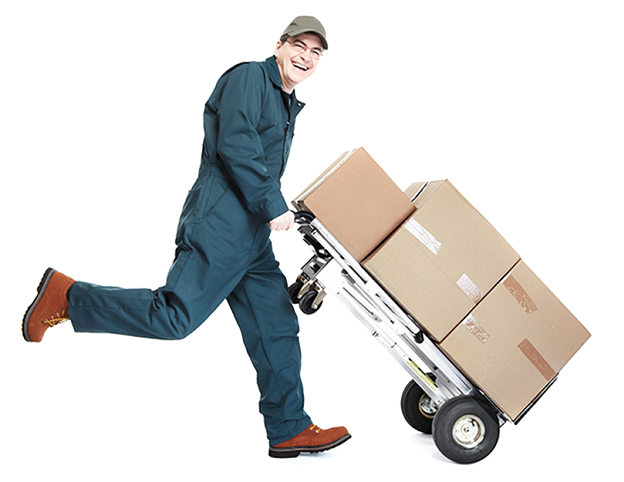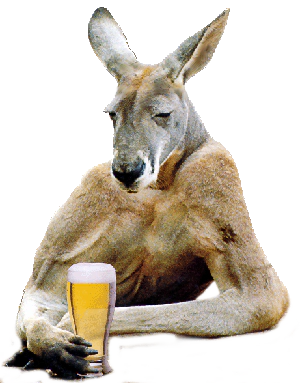International Shipping
The cost of international shipping is not included in the purchase price; please get in touch with us for a quote. Any customs charges, import/export duties, and other local taxes and fees are the customer’s responsibility, even if the recipient refuses the delivery.
Some countries impose additional fees collected by the carrier at the delivery time. These COD charges are the client’s responsibility. There is little chance of customs delaying or denying a delivery because we use reputable international carriers such as FedEx or UPS. We ship jewelry and stones globally, including Australia, New Zealand, Hong Kong, Singapore, China, Korea, Thailand, and the European Union.


Shipping to the UK
As of Dec. 2018, all jewelry shipped to the UK from the US is subject to Import Duty or Import Tax, Value Added Tax (VAT), Customs Clearance Fees, and transport costs to the country’s destination.
- Import Duty is 2.5%.
- The Value-Added Tax (VAT) in the European Union is 20%, but it ranges from about 15% to 25% in the UK. The Import Tax Is 2.5%. All duties are based on the declared value of the goods.
- The shipping carrier or import agent may also charge fees to clear the shipment through customs, which range from $5 to $10. The person receiving the shipment is legally obligated to pay Import Duty, VAT, and customs clearance fees.
Shipping to Australia
As it turns out, we have a free trade agreement with the Aussies. Good for them! Duty rates in Australia vary from 0% to 10%, with an average duty rate of 4.6%. Some goods are not subject to duty (e.g., laptops and other electronic products). Sales tax (GST) applies to most imported goods, with a few exemptions. The main exceptions are certain foodstuffs, some medical aids, and imports that qualify for certain duty concessions. GST is applied at 10% of the Value of the Taxable Importation, the sum of the customs value, any duty payable, and freight and insurance costs. Imports with a product value up to AU $1,000 are exempt from duty, GST, and Import Processing charges.

Although jewelry is duty-free, other fees and taxes that may be payable, such as Goods and Services Tax (GST), are not exempted by AUSFTA. “Under the Australian-USA free trade agreement, a piece of jewelry manufactured in the US has a preferential duty-free status under the free trade agreement (AUSFTA).
The burden of knowledge, in this case, rests on the person importing the goods. Customs would charge duty unless the recipient requests preferential tariffs. A shipping carrier’s broker will claim the duty-free status under AUSFTA when the shipment arrives. As long as the carrier is notified that the item is duty-free, the importer can avoid the extra charge by following a simple procedure when the item arrives in Australia.
Generally, this is a small brokerage fee and a GST fee. (In the past, customers paid a 10% GST fee). No duty. This Agreement applies practically to any article of jewelry manufactured in the USA from raw materials. The origin of the raw materials does not matter.
AUSFTA exerts: Article 5.12 Claims for Preferential Treatment
Each Party shall provide that an importer may claim preferential treatment under this Agreement based on the importer’s knowledge or on the information in the importer’s possession that the good qualifies as an originating good. Each Party may require that an importer be prepared to submit, on request, a statement setting forth why the good qualifies as an originating good, including pertinent cost and manufacturing information. The statement need not be in a prescribed format and may be submitted electronically, where feasible.
Article 5.12 of AUSFTA does not require a certificate of origin.
The information can be in any form that the manufacturer wishes to provide, so long as it shows that the imported goods meet the rules of origin requirements of AUSFTA.
“Customs operates in a self-assessment environment, where information provided is treated in the first instance as true and correct. When a customs entry states that a US preference rate of duty applies, this will indicate that the importer of the goods possesses the information, or knowledge, as required in Article 5.12, paragraph 1, above, that this declaration is correct.”

Shipping to Hong Kong
The Hong Kong Special Administrative Region (HKSAR) is a free port. The Hong Kong Special Administrative Region (HKSAR) is a free port. It does not levy any customs tariff on imports and exports. No tariff quota, surcharge, or value-added and general services taxes exist. Excise duties are levied only on four dutiable commodities: liquors, tobacco, hydrocarbon oil, and methyl alcohol.
As per the Executive Order issued on February 4, 2025, President Donald Trump has announced imports that are the products of China and Hong Kong will be subject to an additional 10% tariff.
Note: China already has a 7.5% additional duty for Section 301. The 10% will be in addition to the 7.5% plus the applicable duties based on the harmonized tariff schedule.
China has advised that they will issue retaliatory measures effective February 10, 2025; however, both leaders have agreed to discuss this later this week. Updates will be provided as information becomes available.
Shipping to South Korea
Under the KORUS FTA, almost 80 percent of U.S. consumer and industrial product exports to Korea became duty-free on March 15, 2012. Nearly 95 percent of bilateral trade in consumer and industrial products will become duty-free within five years that date. Most remaining tariffs should be eliminated within ten years.

